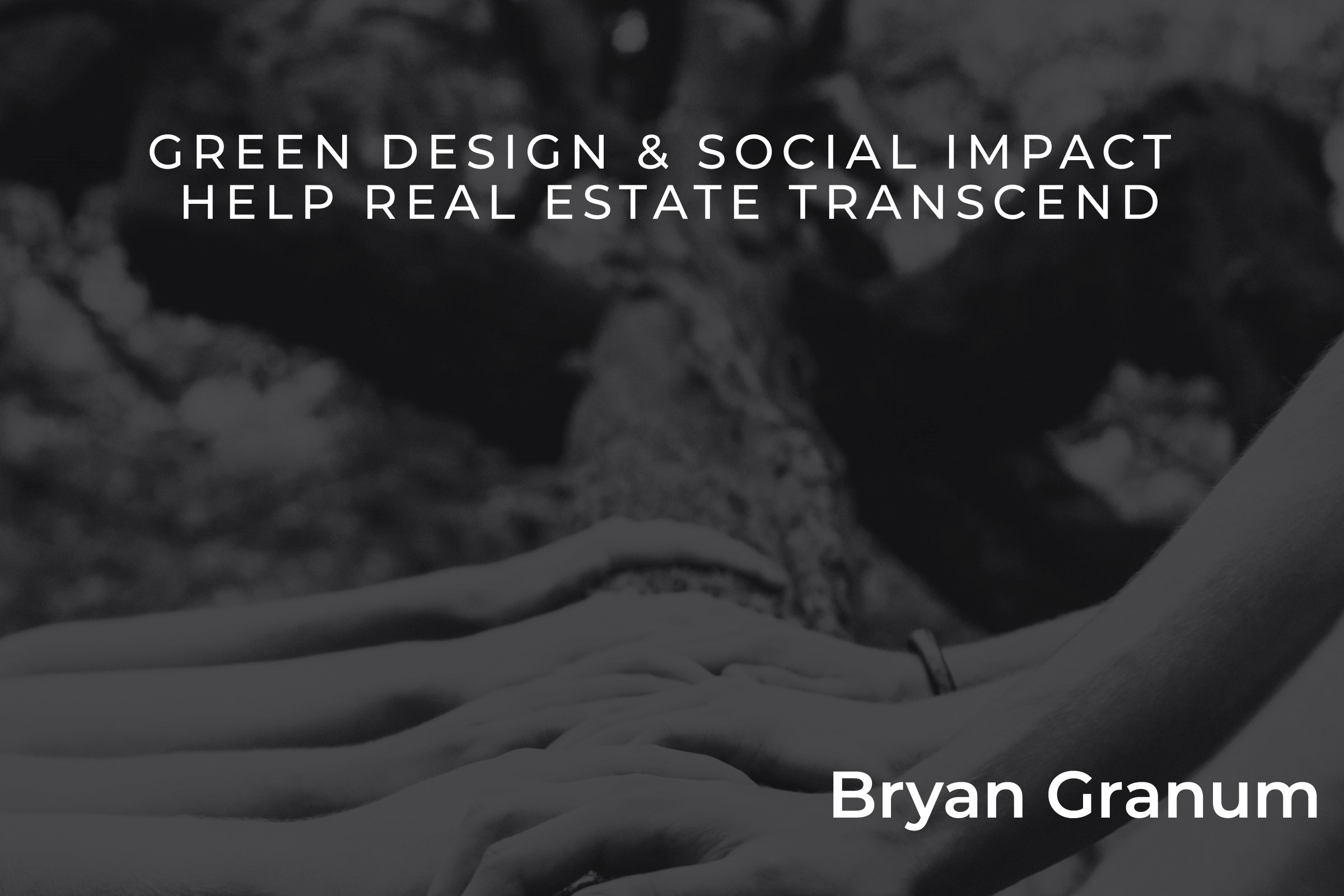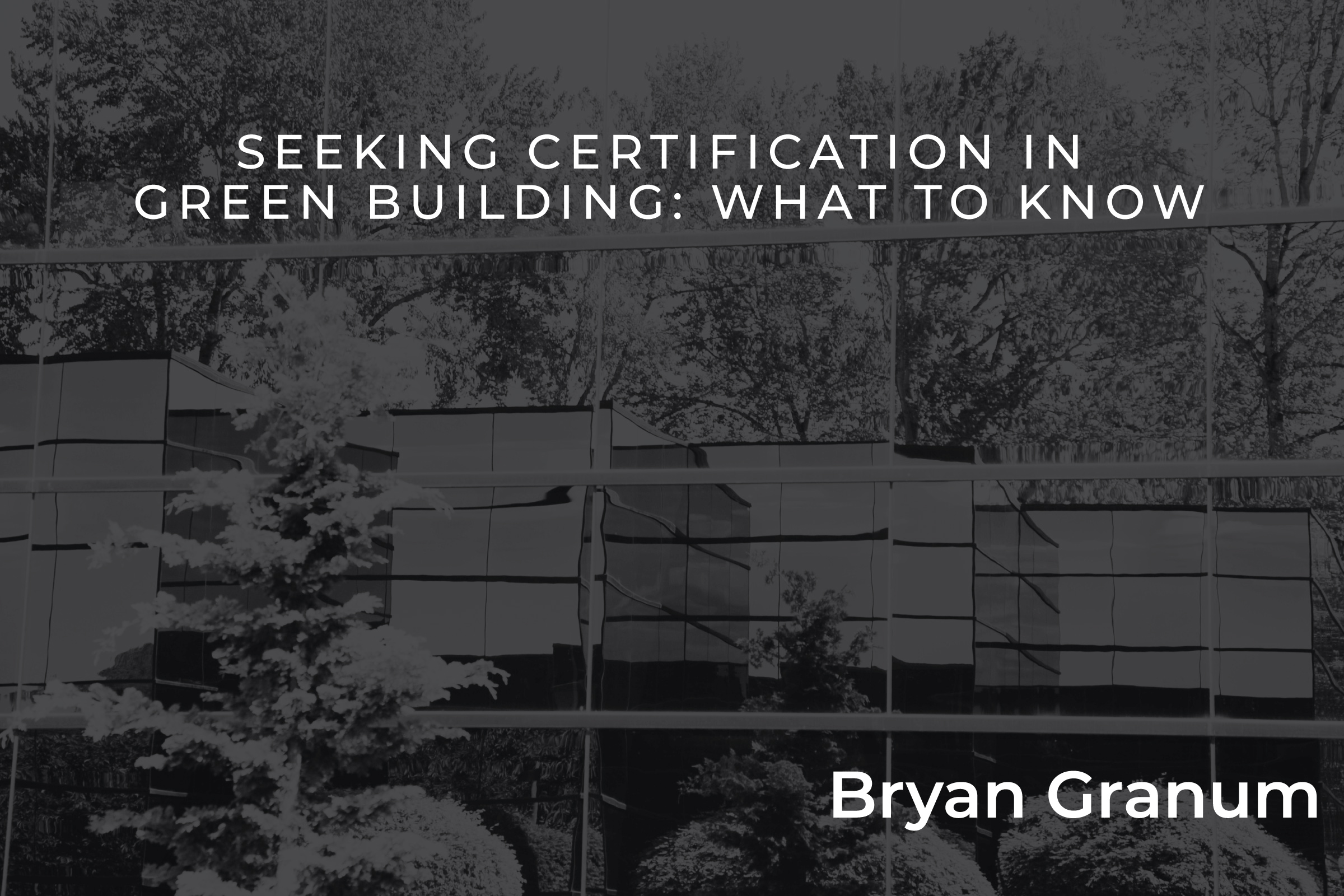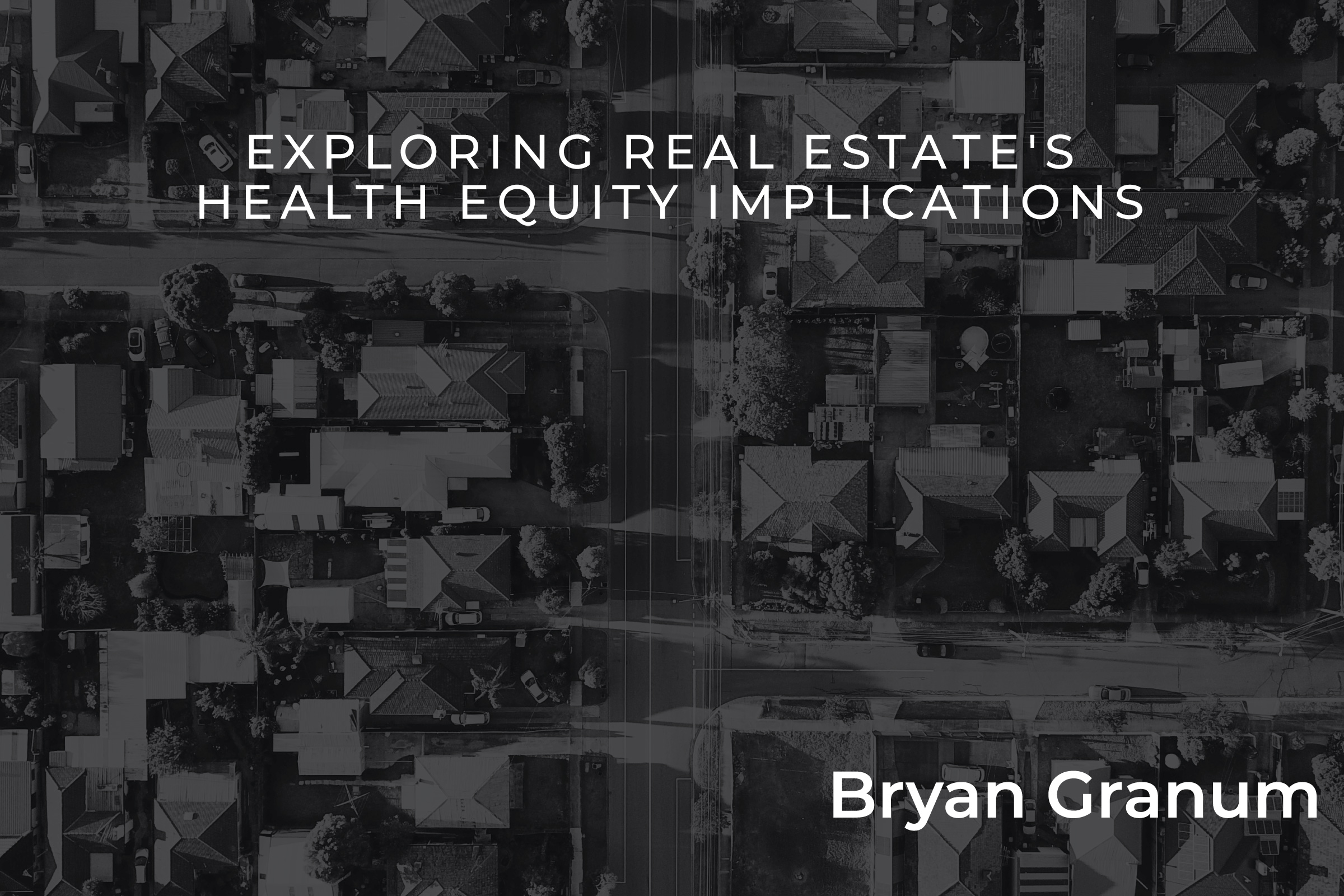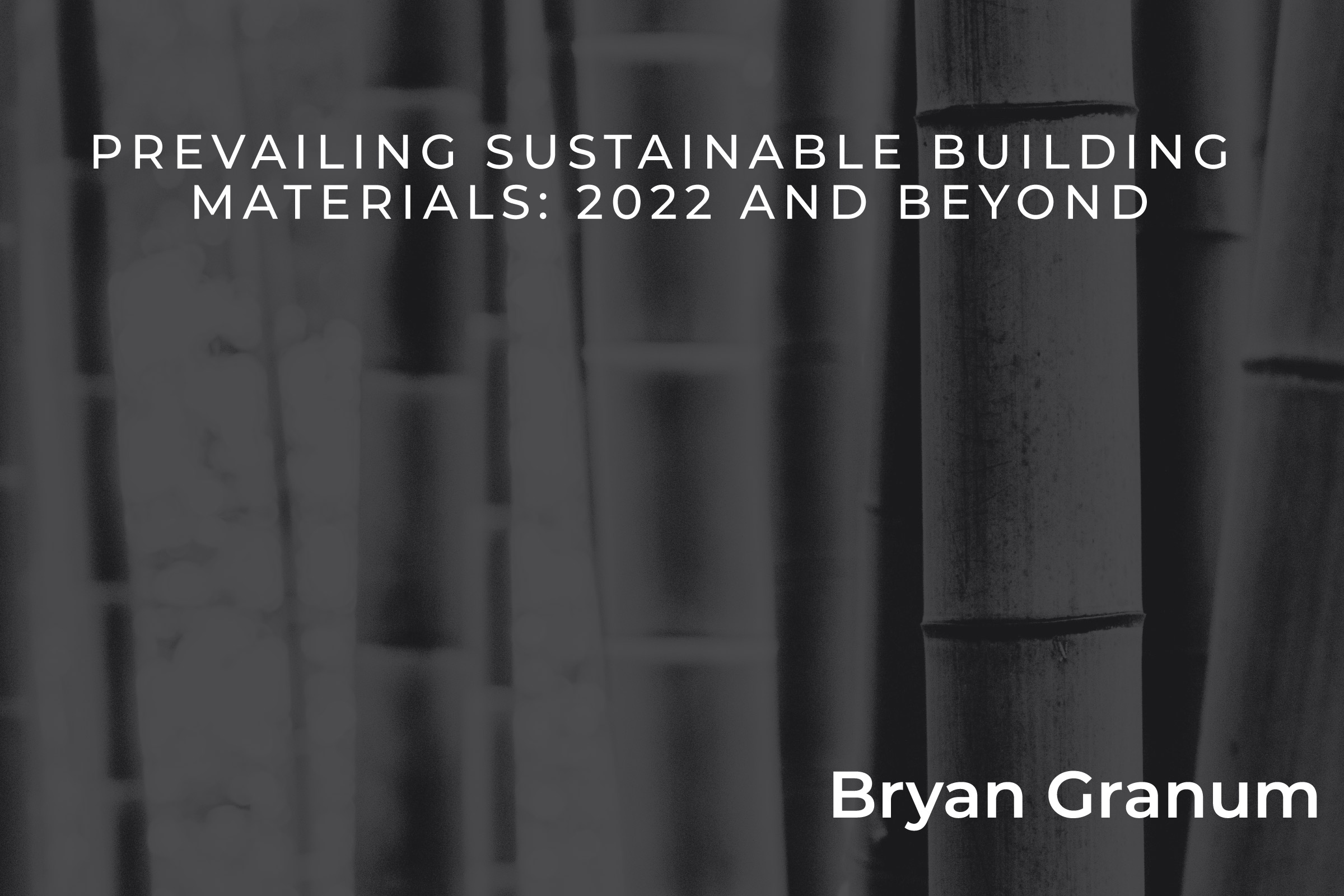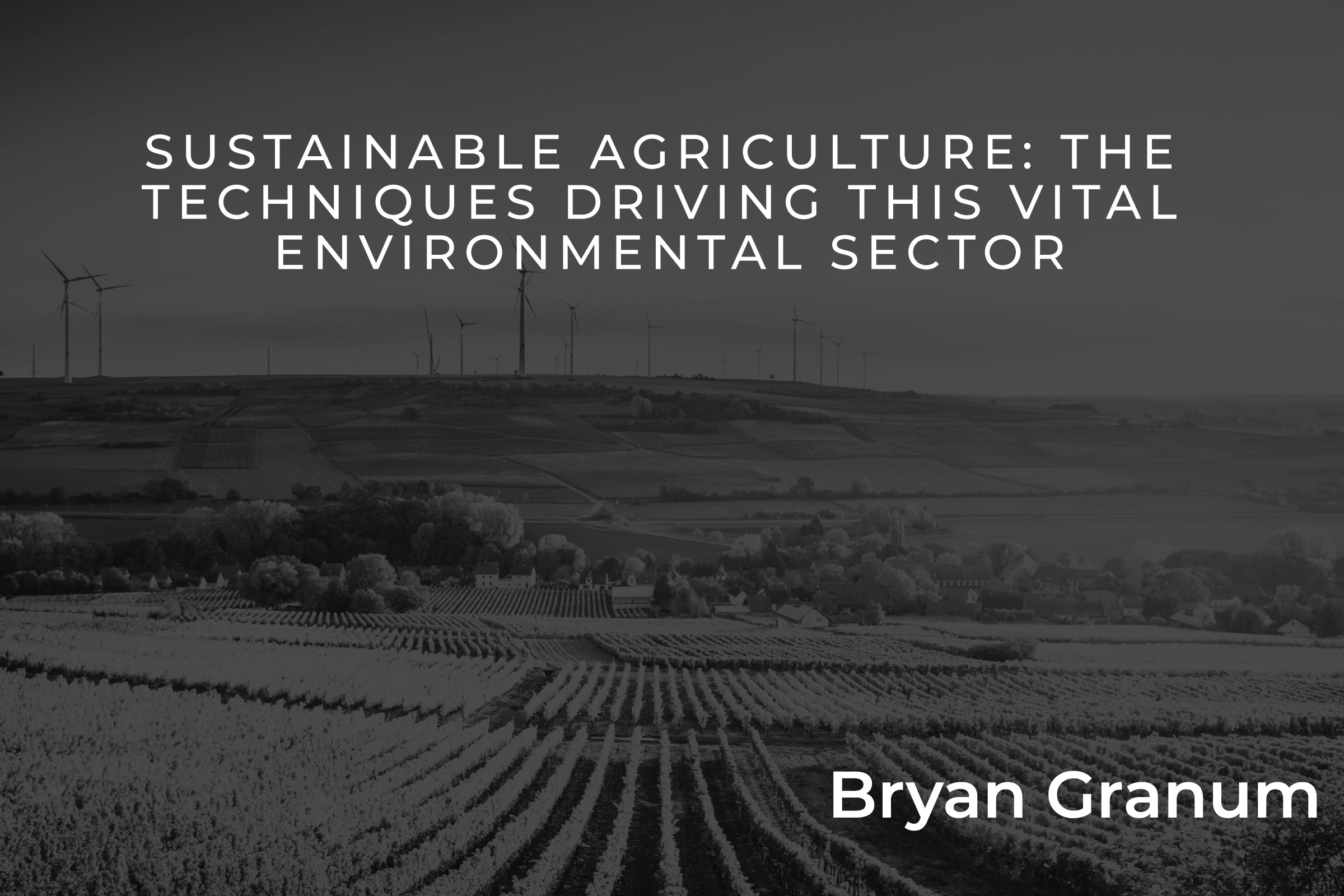Sustainable building is an objectively noble, progressive evolutionary step for the real estate field. The future of our planet hinges on sustainable infrastructure compatible with the environment, supporting greener practices and methodologies along the way.
However, the notion of real estate sustainability is far more nuanced than simply erecting more green structures; it transcends the natural world and includes the cohesion of the communities in which this building takes place. Proper sustainable design, in this sense, should focus on a healthy blend of environmental advocacy and social impact, and today’s real estate professionals must make these factors a priority to remain effective and relevant (not to mention competitive).
Changing Current Approaches
By merely existing, modern green developments are missing the chance to maximize their intended positive impact. Though these structures are inherently timely in an environmental sense, their longevity now relates to broader shifts in infrastructural and ideological frameworks — namely regarding calls for more consistent social policy.
This backdrop warrants changes to longstanding real estate models and approaches, starting with a stronger systematic emphasis on community betterment and equity. This need is something Beam & Co. takes to heart in adopting a transparent, service-oriented approach to breathing new life and purpose into real estate investing, development, and social involvement. With a focus on projects that inspire and support the community, Beam & Co. cultivates developments that do more than exist — they engage.
Broadly speaking, this need for social engagement presents a chance for developers and investors to embrace learning opportunities, fine-tune longstanding paradigms, and make the real estate industry more socially self-aware. Immediate examples of this change could include new construction designs personalized to a wider spectrum of demographics, including elderly tenants, tenants with young children, or those who might benefit from a shared, multi-tenant living space. Real estate professionals might also consider repurposing existing properties to make them more socially conscious and accessible.
Taking Genuine Action
Socially sustainable real estate is contingent upon structural change — which itself cannot occur through just short-lived, reactionary activism or singular action. As Sonny Kalsi notes in a recent Forbes article, “lasting change comes when socially responsible business practices are baked into the fabric of how a company operates. An organization’s values should manifest in where it invests in real estate, how those assets are managed, and how those management decisions improve the vitality of the surrounding community that can make or break an asset’s long-term potential.”
These sentiments define what it means to take genuine action as a modern real estate entity. Today’s developers and investors should re-center their approach to frameworks favoring both newfound social awareness and existing green practices. For instance, the One Planet Living framework features 10 simple yet holistic principles that seamlessly blend components of living harmoniously with the environment and each other. These items include social components like culture and community and environmental factors such as clean water and sustainable materials — exemplifying how the future of sustainable real estate can (and should) be flexible and all-encompassing.
Though social consciousness is hardly a new issue, it is still in relative infancy within modern real estate. The industry holds considerable power in making necessary societal change, but it will only fully achieve its potential if it can meld its environmental sensibilities with a consistent dedication to social engagement, community building, and forward thinking.
